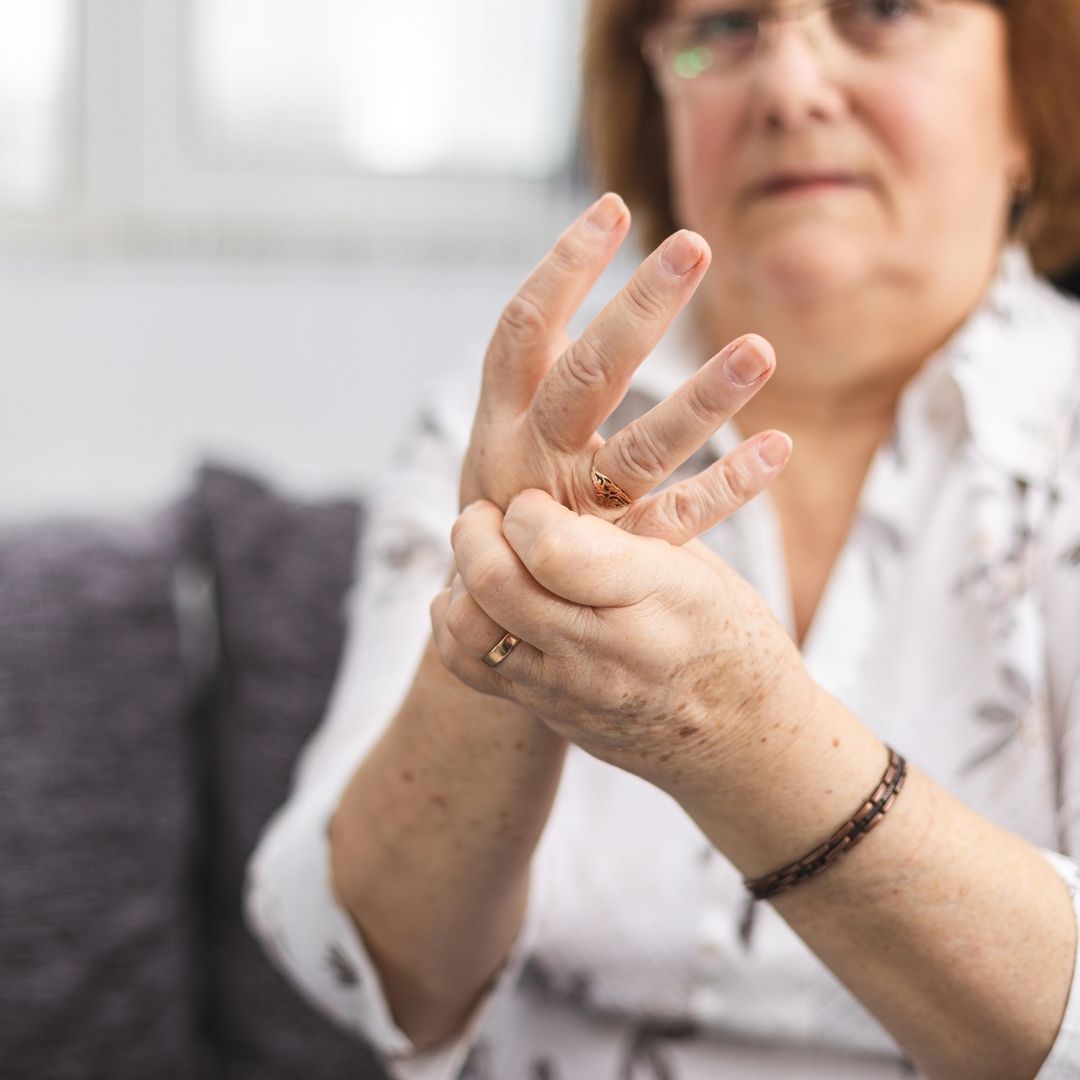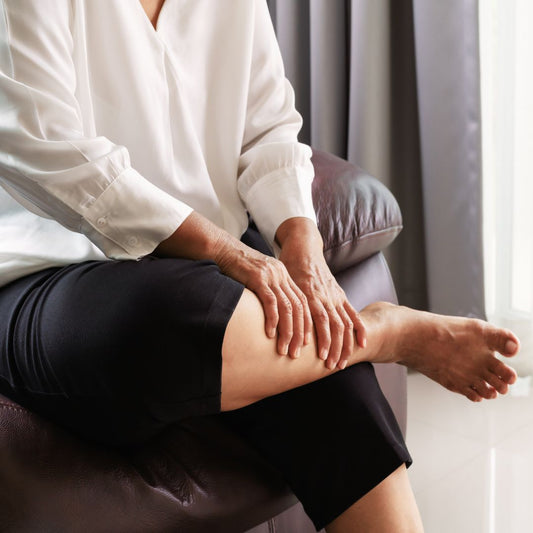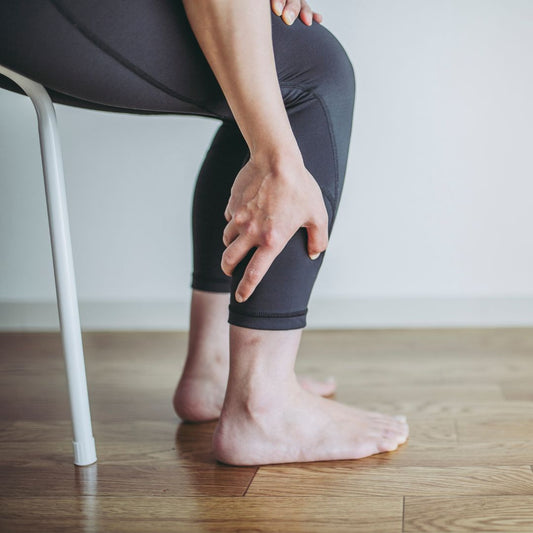As we age, it’s natural for our joints and muscles to tighten and crack more than they did when we were young. Our muscles lose strength and endurance while our joints become stiffer and less flexible. The latter is usually due to the decrease in cartilage between joints and our ligaments shortening. So, how do you tell the difference between general wear and tear on the body and something more serious such as Rheumatoid Arthritis?
First off, it’s important to understand more about this autoimmune disease.
What is Rheumatoid Arthritis?
Unlike osteoarthritis, the most common arthritis affecting millions worldwide, Rheumatoid Arthritis isn’t a result of over working your joints from sports, obesity, genetic deformities, or the like. It’s actually an autoimmune disease that results from your immune system attacking your body’s own tissues. Beyond your joints, rheumatoid arthritis can also affect body parts such as your eyes, mouth, and lungs.
The symptoms can range from swollen and tender joints, joint stiffness, fatigue, and loss of appetite. The symptoms can vary in severity and may even come and go with periods of flare-ups and remission.
While Rheumatoid Arthritis can begin at any age, you’re more likely to develop this condition in your sixties. You’re also more at risk if you’re a woman, smoke, are obese, or have a genetic/inherited trait that can cause for your arthritis to be worse.
So, how do you know if you’re developing Rheumatoid Arthritis?
The Four Stages of Rheumatoid Arthritis
When diagnosing your Rheumatoid Arthritis, you will need to know what stage you’re currently in. Those four stages are as follows:
Stage 1:
In the early stages of Rheumatoid Arthritis, your body will begin to mistakenly attack your own joint tissue causing the membranes to swell. Those symptoms will include mild joint pain and stiffness commonly in your hands, fingers, ankles, and knees.
Stage 2:
During this stage, your body is alerted that something is going awry. At this point, the body has begun developing antibodies that has caused your joints to increase in swelling. This inflammation and swelling have now led to the thinning of the cartilage between your joints. As you use your hands and no longer have the padding in terms of cartilage, you will feel more stiffness as you use your extremities and joint damage can begin to occur.
Stage 3:
At this point, you should be very aware something isn’t right – in fact, your symptoms will be incredibly visible. Now that the joints are damaged, they will begin to fuse with connective tissue that limits range of motion. It will cause them to become bent and deformed, making fingers look crooked. This can also cause your joints to press on your nerves causing nerve pain.
Stage 4:
If your Rheumatoid Arthritis still hasn’t been treated by stage 4, you will no longer have a joint remaining. Your bones will have now fused together. The pain will have likely ceased, but you will lack the ability to move your joints as you did previously.
If you are experiencing any of the symptoms in the stage above, please contact your doctor to seek treatment.
However, we would like to give you some peace of mind by knowing that it’s now less common to see people reach the later stages of Rheumatoid Arthritis because there are effective treatments options. Especially if you’re proactive.
Coping With an Autoimmune Disease
With any autoimmune disease, it can be hard to cope at first. You might be asking yourself why this happened to you or be so frustrated by flare-ups, everyday pain and how it affects your day-to-day. The silver lining is that 80% of sufferers can lead a normal life with the aid of medication and treatment.
How To Treat It
Depending on the severity of your Rheumatoid Arthritis and what stage you might be in, there are various ways to treat your pain. Medication options can include NSAIDS, steroids, conventional DMARDs, biologic agents and targeted synthetic DMARDS. Physical therapy and surgery are also options depending on the level of damage on the joint and fusing that has taken place.
And if none of those options speak to you, there is also the natural approach to relieve pain.
Our natural joint pain relief will quickly alleviate minor aches and pains of muscles and joints associated with Rheumatoid Arthritis. Natural analgesics in our formula works with your body over time so you can regain healthy joint mobility and get back to the things you love. Give this natural treatment option a try today!
Rheumatoid Arthritis: A Guide to Seeking Treatment for Joint Pain

By Dr. Peter Klapper Ph.D.



